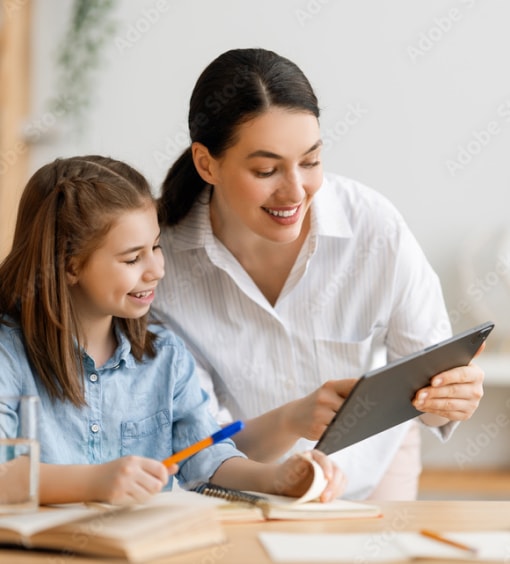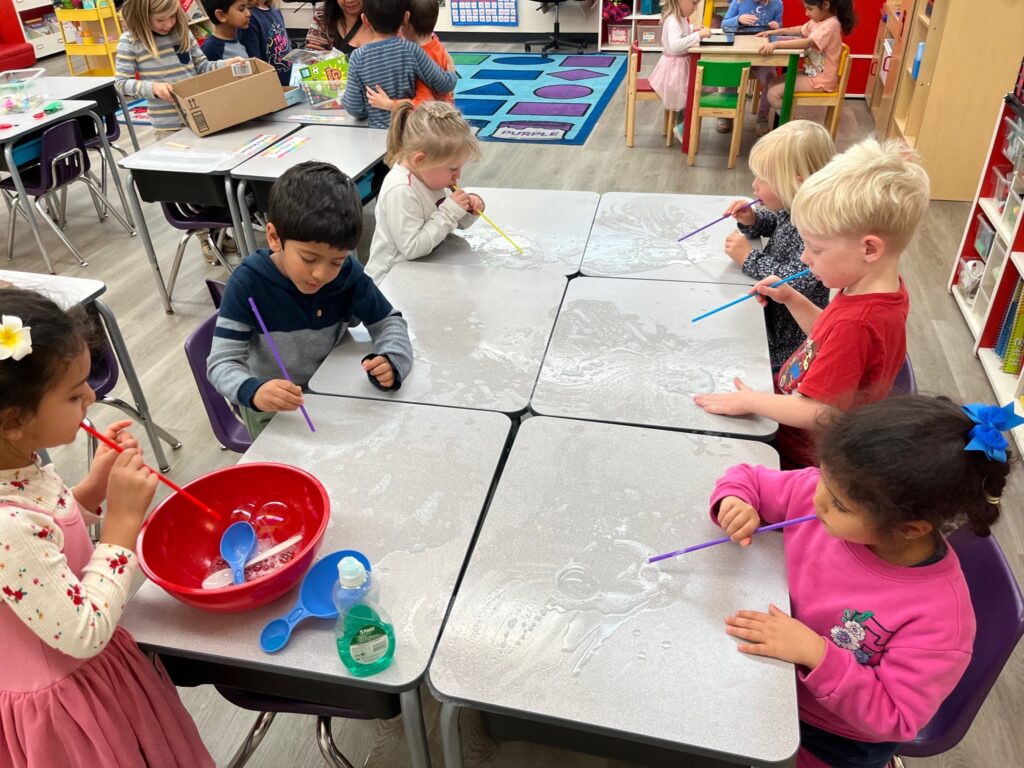Keeping your preschooler engaged and learning at home doesn’t have to be complicated! With a little creativity, you can turn everyday moments into exciting learning opportunities. These five fun and easy activities are perfect for little ones and require only a few basic materials you probably already have at home.
1. Rainbow Sorting with Everyday Objects
Bring some color into their day while teaching sorting skills!
What You’ll Need: Colored items like blocks, toys, or even socks.
How to Play: Lay out a few sheets of paper in different colors or use small baskets. Have your child sort the objects by matching them to the corresponding color.
What Your Child Is Learning:
- Color recognition and categorization.
- Foundational math skills like sorting and grouping.
- Fine motor skills as they handle and organize objects.
2. DIY Sensory Bins
Sensory play that sparks creativity and exploration!
What You’ll Need: A plastic container, rice or dry beans, and small toys or household items (think measuring spoons or toy animals).
How to Play: Fill the container with your chosen base (rice, beans, or even pasta) and hide the small toys inside. Give your preschooler a spoon or their hands to dig in and find treasures!
What Your Child Is Learning:
- Sensory integration through tactile exploration.
- Problem-solving as they search for hidden objects.
- Vocabulary expansion as you name and describe the items they discover.
3. Nature Walk Scavenger Hunt
Turn a walk around the block into an adventure.
What You’ll Need: A printed or hand-drawn list of items to find (e.g., a leaf, a flower, a rock).
How to Play: Head outside and let your child check off each item as they find it. You can even collect small items to create an at-home nature collage later.
What Your Child Is Learning:
- Ecological awareness and a connection to the natural world.
- Observation and classification skills as they identify different objects.
- Vocabulary development as they learn and name new items
- Creativity and storytelling if they use their finds in a craft or collage.
4. Paper Plate Art Party
Transform plain paper plates into masterpieces.
What You’ll Need: Paper plates, markers, crayons, glue, and any craft supplies you have—pom-poms, stickers, yarn, etc.
How to Play: Encourage your child to create faces, animals, or anything their imagination dreams up. Bonus points for creating a whole paper plate zoo!
What Your Child Is Learning:
- Fine motor skills through cutting, coloring, and gluing.
- Storytelling and language development as they describe their creations.
- Self-expression and confidence as they bring their ideas to life.
5. Sink or Float Experiment
A splash of science that feels like playtime.
What You’ll Need: A bowl of water and small household objects (e.g., a spoon, a cork, a toy car).
How to Play: Ask your child to guess if each object will sink or float before dropping it into the water. Keep a tally of their correct guesses!
What Your Child Is Learning:
- Basic physics concepts like density and buoyancy. For example, explain that objects like corks float because they are less dense than water, while metal spoons sink because they are denser.
- Hypothesis testing as they predict outcomes and observe results.
- Curiosity and critical thinking, sparking an early interest in science.
Making Memories, One Activity at a Time
These simple activities are not only fun but also help your preschooler develop key skills like problem-solving, creativity, and motor coordination. Best of all? They’re a great way to bond and make memories together.
Which activity will you try first? Let us know how it goes!


